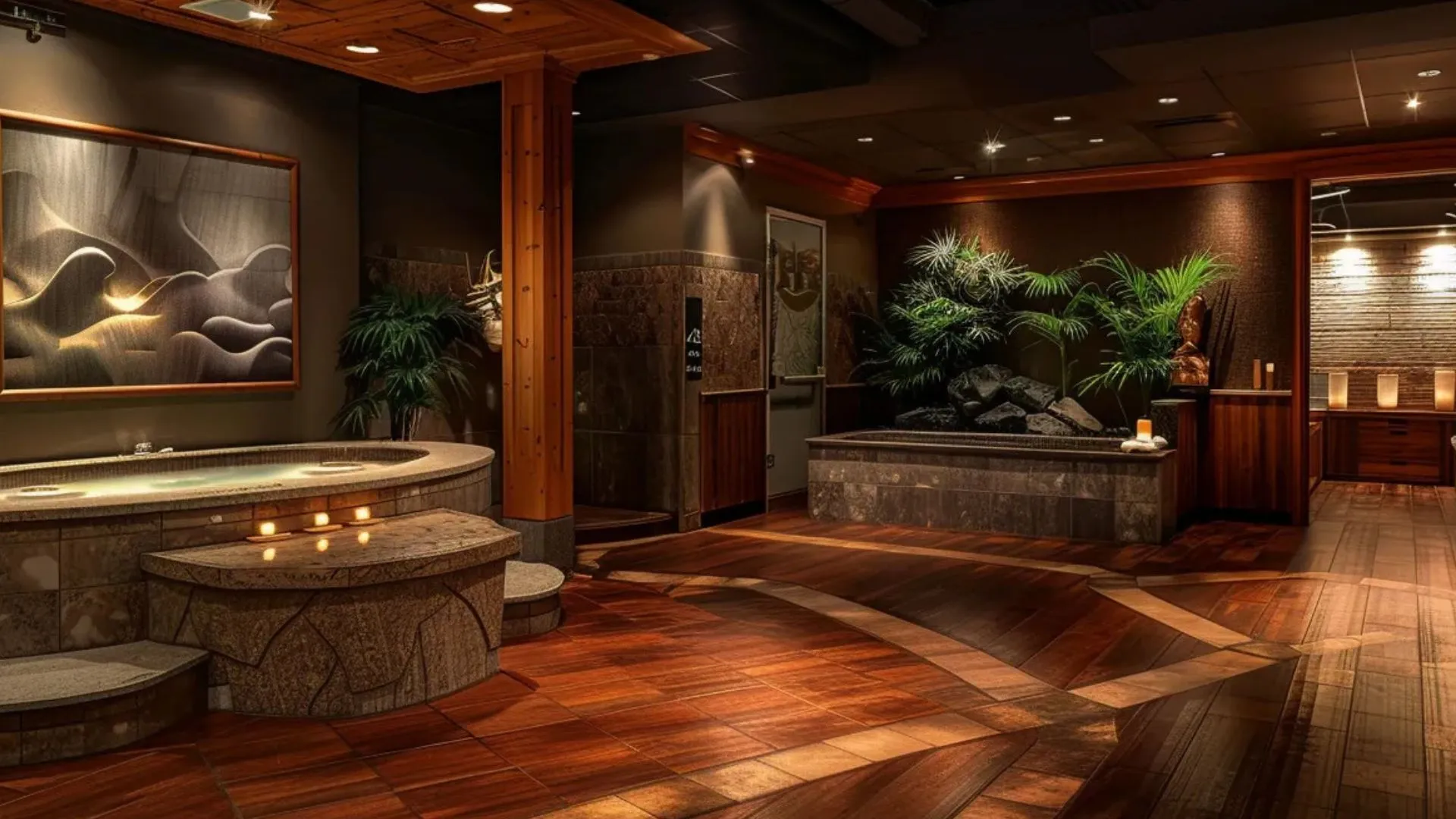When deciding between a medical spa and a traditional spa, understanding their differences can help guide your choice based on your needs and preferences. While both offer treatments aimed at improving wellness, their services, focus, and staff qualifications set them apart.
Services at Medical Spas vs. Traditional Spas
Combining medical treatments with the ambiance of a spa creates a distinctive experience that caters to both aesthetic and therapeutic needs. Medical spas, often referred to as med spas, achieve this by offering a personalized experience that caters to both aesthetic and therapeutic needs. These facilities provide advanced therapies, including laser treatments, chemical peels, Botox, and dermal fillers, all of which are overseen by licensed medical professionals. Many med spas offer personalized skincare services, including treatments for acne, hyperpigmentation, and fine lines, as well as corrective procedures specifically designed to address individual skin concerns. Their focus is on combining cutting-edge technology within a spa environment.
Traditional spas emphasize relaxation and self-care. These spas offer a wide range of services designed to rejuvenate the body, including massages, facials, body scrubs, and aromatherapy sessions. Beauty treatments, such as manicures, pedicures, and waxing, are also commonly offered. Unlike medical spas, traditional spas focus more on pampering and holistic wellness rather than medical-grade treatments. Both types of spas serve distinct purposes, catering to different needs and preferences, but both share a commitment to enhancing the well-being of their clients.
Goals of Medical Spas vs. Traditional Spas
Med spas have become a top choice for those seeking advanced, medically supervised treatments to address specific skin concerns. These facilities provide an extensive array of services, including:
- Laser treatments
- Hair removal
- Chemical peels
- Skin rejuvenation therapies
These cutting-edge procedures address deeper issues, such as acne scars and pigmentation. What truly sets med spas apart is the expertise behind every treatment. All procedures are performed or overseen by highly trained medical professionals, such as dermatologists or licensed practitioners, encouraging both safety and effectiveness.
Staff at Medical Spas vs. Traditional Spas
Licensed healthcare providers supervise medical spas. These include doctors, nurse practitioners, or dermatologists. Supervision is particularly beneficial for treatments such as Botox, dermal fillers, laser therapies, and chemical peels. These professionals encourage procedures to be safe. They tailor treatments to the individual’s medical history and skin type.
Trained aestheticians and technicians also perform specific treatments. They work under strict supervision and adhere to rigorous protocols to encourage safety and effectiveness. Med spas bridge the gap between clinical therapies and relaxation. They offer services that deliver both aesthetic and medical benefits.
Traditional spas focus on providing a rejuvenating experience. They employ licensed massage therapists, beauticians, and aestheticians. These professionals are trained to deliver a range of wellness services, including facials, massages, body wraps, and aromatherapy sessions. The treatments are non-invasive and emphasize soothing the body. Traditional spas are ideal for those seeking relaxation rather than medically driven procedures.
Find the Right Experience for You
Your choice may depend on the type of treatments or experiences you are seeking. For wellness services and relaxation that include massages and beauty treatments, traditional spas may meet your expectations. For treatments that require advanced techniques and medical-grade equipment, medical spas may be a better fit for your goals. Understanding what each type of spa offers can help you make an informed decision that suits your needs.


Leave a Reply